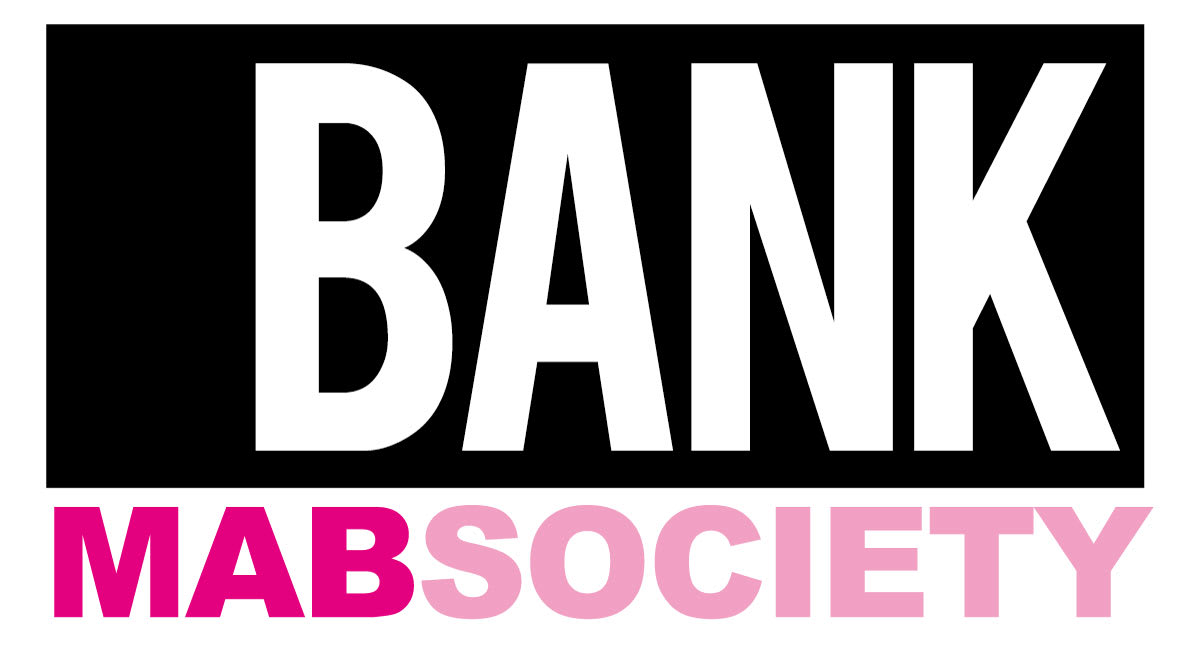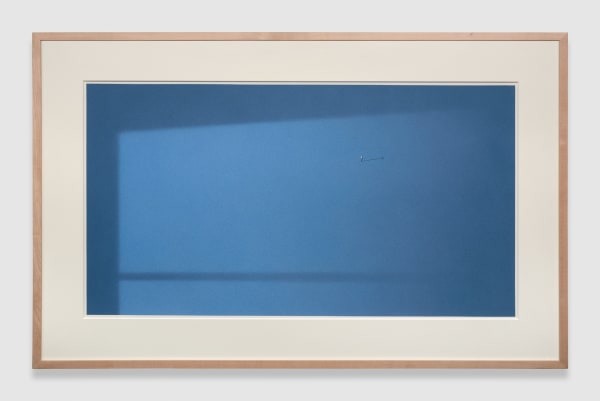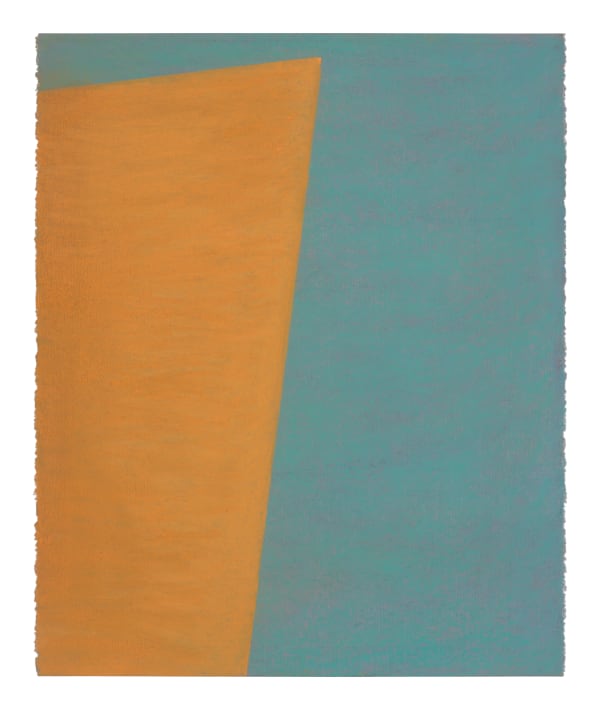Ching Ho Cheng: Tracing Infinity
New York, NY –– Opening May 2, BANK NYC is pleased to present Tracing Infinity, a luminous exhibition of gouache and pastel works by the late Ching Ho Cheng (1946-1989). Using Cheng’s series of window light works as a catalyst, this presentation focuses on a specific transitional moment in the artist's oeuvre, tracing his evolution from highly detailed compositions to complete minimalism, characterized by subtle patches of color and light.
This special exhibition marks the artist’s first solo exhibition after BANK’s celebrated presentation at Art Basel Miami in 2023. It also precedes Cheng’s inclusion in Sixties Surreal at the Whitney Museum in Fall 2025 and his upcoming traveling retrospective, Ching Ho Cheng: The Light Will Continue, which will originate at the Addison Gallery of American Art in early 2027. This will be Cheng’s first major institutional retrospective, which fervently reconsiders this Asian American artist's often overlooked life and body of work. It will also be accompanied by a monograph published in collaboration with Visual AIDS. On May 13, 2025, BANK NYC will host a public talk discussing the artist’s life and legacy with Sybao Cheng-Wilson, Director of the Ching Ho Cheng Estate, Gordon Wilkins, Robert M. Walker Curator of American Art at the Addison Gallery of American Art, and Kyle Croft, Executive Director of Visual AIDS.
Cheng’s oeuvre is divided into four distinct periods: the Psychedelics, Gouache Works, Torn Paper, and Alchemicals. Although disparate in style, the artist’s lifelong concerns with conditions for existence, cycles of birth and death, cosmology, and Taoist teachings bind the four bodies of work together.
The exhibition at BANK NYC focuses on Cheng’s Gouache Works from the mid to late ‘70s, which marked a turn away from his explosive psychedelic works to a more nuanced depiction of his immediate surroundings. He began to hone his attention to everyday objects such as cigarette butts, light bulbs, and the peeling paint of his bathroom, depicting them with hyperrealistic precision. These were not mere celebrations of the mundane but emerged from Cheng’s attunement to the spiritual energy around him and to his experience of seeing. For Cheng, his surroundings offered access to profound energy and environments: “In the peeling, crumbling, cracked walls of my studio, there is a lunar landscape. I travel through the wood grains of my floorboards…In my workroom, squinting at the naked light bulb in its blinding incandescence, I find it encircled by a double-ringed aura. A lit match flickering brightly in a dark room suddenly becomes the Burning Bush.”
The gouache windows on view, executed 1978-1982, emerged from the artist’s careful observations of light. A deeply spiritual man, Cheng saw light as a “symbol of the Order of the Universe,” holding miraculous and eternal qualities. Cheng’s window paintings capture the transitory light of the moving sun as it had passed through his windows, sweeping across his apartment and studio walls. Aiming to depict illumination itself, Cheng developed a meticulous airbrush technique with gouache to build gossamer layers of pigment, producing the effect of radiant light from within his paintings. The fleeting moments of sunlight frozen within these paintings speak to the Buddhist notion of impermanence and the time-space conundrum of which we are all fixed yet aim to transcend—a topic Cheng approaches from various perspectives throughout his career, whether through hallucinatory microcosms, systems of death and regeneration, or alchemical processes.
Small architectural features, such as a power outlet, exposed nail, or window sash, ground the window paintings in Cheng’s lived environment in the Chelsea Hotel. With time and through the mastery of his technique, Cheng’s compositions and palette became increasingly distilled, resulting in subtle gradations of light in his Shadow Box series, which he created at the end of his Gouache Works period. The fugitive quality of these works, in which pigment dissolves into paper and light into shadow, creates a dramatic merging of reality and illusion. These paintings succeed not through faithful representation. Rather, like Cheng’s apartment—once a receptacle for majestic sunlight—they glow with the energy and presence of eternal light.
In his series of pastel windows, rarely exhibited before, Cheng continues his refinement of imagery, shifting further into abstraction. Swaths of sunlight give way to simplified shapes–rectangles, triangles, and rhomboids–blocked out in bright pastels. The formerly delicate, pulsating energy of light evolves into the entropic gestures of the artist’s hand in bold scribbles and expressive marks: a sharp stylistic departure from the exacting technique of the gouache works.
In the 1980s, Cheng endured the loss of many friends due to the HIV/AIDS pandemic, which would eventually claim his life at the age of 42 in 1989. Cheng’s pastel windows reflect his urgent search to understand creation and existence in a time of devastating loss. These densely coated pastel works transform light into hard-edged geometries, evoking the black cuboid monoliths from Stanley Kubrick’s 2001: A Space Odyssey; a symbol Cheng explores more directly in his later Torn Paper series. As vehicles for renewal and technological process merged with the brilliance of sunlight, the monoliths and windows capture Cheng’s dual interest in the eternal and the transformative potential of distant realms.
-
 Ching Ho Cheng 郑庆和, Untitled (window diptych) 无题(窗户双联), 1980
Ching Ho Cheng 郑庆和, Untitled (window diptych) 无题(窗户双联), 1980 -
 Ching Ho Cheng 郑庆和, Untitled Window Series 《未命名》(窗口系列), 1982
Ching Ho Cheng 郑庆和, Untitled Window Series 《未命名》(窗口系列), 1982 -
 Ching Ho Cheng 郑庆和, Untitled, 1982
Ching Ho Cheng 郑庆和, Untitled, 1982 -
 Ching Ho Cheng 郑庆和, Untitled, 1982
Ching Ho Cheng 郑庆和, Untitled, 1982
-
 Ching Ho Cheng 郑庆和, Untitled , 1982
Ching Ho Cheng 郑庆和, Untitled , 1982 -
 Ching Ho Cheng 郑庆和, Untitled , 1982
Ching Ho Cheng 郑庆和, Untitled , 1982 -
 Ching Ho Cheng 郑庆和, Untitled , 1982
Ching Ho Cheng 郑庆和, Untitled , 1982 -
 Ching Ho Cheng 郑庆和, Untitled , 1982
Ching Ho Cheng 郑庆和, Untitled , 1982
















